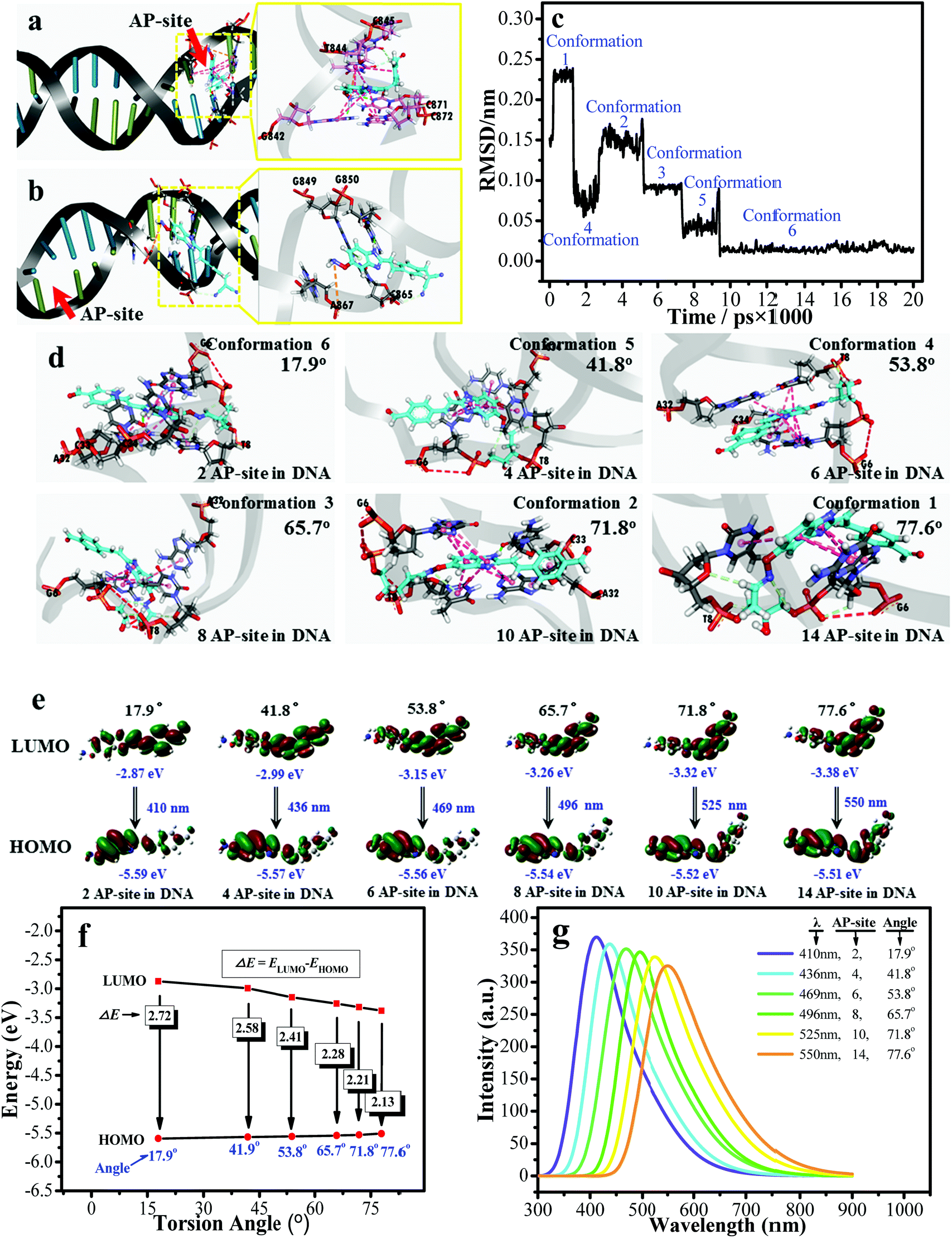


Taken together, the likelihood that the nitrogen-fixing cereals and C 4 rice project will meet with success depends on a highly coordinated effort to modify the genome of the plant – from the integration of well-defined genetic elements to the fine control of their expression levels. Instead, the rice prototype may require fine-tuning of gene expression to optimize protein levels and, consequently, the flux of molecules through the pathway. Although all the genetic elements might be in place, this does not guarantee that the rice plants will efficiently fix carbon by the C 4 pathway. Consider, for example, the C 4 rice plant is genetically complete: essential C 4-related genes have been introduced into the rice genome and inhibitory endogenous genes have been removed. A similar approach can be employed to optimize biological systems with more complex pathways. This wide range of transcription can facilitate optimization of the trait.

By targeting activators and repressors to promoter regions of the nif genes (after the nif genes have been inserted into the plant genome) a wide range of gene expression levels can be achieved for each individual gene.
#SRDX DNA RECOGNITION ACTIVATOR#
In these cases, repressor or activator domains were directly fused to the Cas9 C-terminus or indirectly attached to the gRNA through an RNA-binding scaffold [ CRISPR/Cas has also been used in plants to achieve gene activation (dCas9:ELDD and dCas9:TAD) and gene repression (dCas9:SRDX), and it has been employed in bacterial, yeast, and mammalian cells. Control of gene expression in plants has been achieved using zinc-finger activators (VP16), TALE activators (the endogenous C-terminal activation domain, VP16, GAL4) and TALE repressors (SRDX). DNA-binding domains from zinc-finger arrays, TALEs, or catalytically-dead Cas9 (dCas9) and a gRNA are used to localize activator ( Figure IA) or repressor ( Figure IB) domains to genes of interest. The DNA binding domain of sequence-specific nucleases can be repurposed to help modulate the expression of endogenous genes. Practicing plant synthetic biology requires not only control over nucleotide sequences within plant genomes but also control over expression levels of host genes. Notably, there may be sites that are inaccessible or difficult to cleave because of epigenetic factors (e.g., chromatin structure, methylation) or genetic factors (e.g., repetitive DNA that permits nuclease binding to multiple sites within a genome). Because of the minimal targeting constraints for TALENs and CRISPR/Cas systems, nearly all chromosomal positions are amenable to site-specific integration. Not only does this enable trait stacking to expedite breeding efforts, but it may reduce variability in gene expression. Using sequence-specific nucleases, foreign DNA can be precisely integrated at a locus of interest either through homologous recombination or non-homologous end joining (NHEJ)-mediated insertion ( Figure 1). While effective, these methods have several limitations: transgene expression often varies depending on chromosomal context and, when multiple transgenes are integrated at random sites on different chromosomes, they segregate independently, presenting a challenge for breeding regimes that seek to move transgenes into new germplasm. Conventional approaches for delivering this DNA include Agrobacterium or biolistics, both of which result in the random integration of one or more copies of the DNA sequence. Generating plants with novel function frequently requires integrating foreign DNA (e.g., promoters, genes, terminators, and other transcription regulatory elements) into the plant genome.


 0 kommentar(er)
0 kommentar(er)
